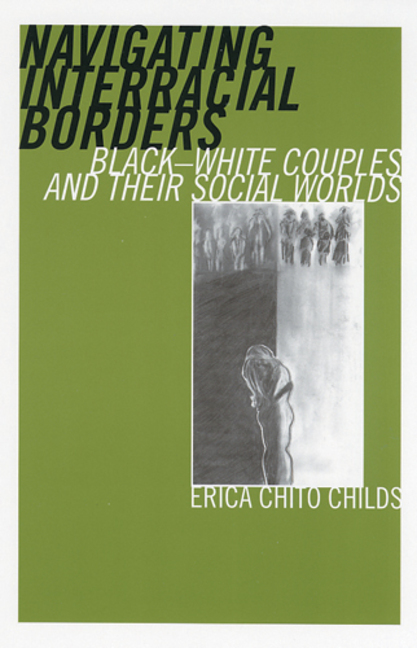Race (Part 1)
The Chronicle of Higher Education
Blog: Brainstorm—Ideas and culture.
2012-04-09
David Barash, Professor of Psychology
University of Washington, Seattle
Here’s a delicate subject, especially given the nationwide anguish over what appears to have been the cold-blooded, racially lubricated if not racially motivated murder of Trayvon Martin: race itself. More specifically and more delicately: whether race is a “socio-cultural construct.” My response, and one that may well disappoint and annoy many readers, regardless of their ideology (but perhaps especially my fellow travelers on the left): It is and it isn’t, but mostly isn’t. That is to say, an objective, science-based look at the subject and at its use in other contexts requires us to conclude that race is both socially constructed and biologically “real,” but probably more the latter than the former.
Of course, in the old days of racist pseudoscience, it was universally assumed that the human races were genuine biological entities, and moreover, that they were linearly arrayed with whites on top, then Asians, then blacks at the bottom. From that bizarre and altogether unscientific misuse of biology, there was, not surprisingly, a backlash that went overboard in the other direction, maintaining as a matter of faith that there is simply no such thing as human races, that they are purely an arbitrary figment of our sociocultural proclivities. Sad to say, this is arrant nonsense … just as was the earlier insistence that the human races could be evaluated in terms of “modernity,” “distance from the apes,” or simply, “degree of advancement” or “intelligence.”
If we’re going to talk about the alleged reality or unreality of human races, we need first to discuss the meaning of “race” itself. When biologists talk about races in other species, they are essentially concerned with a convenient grouping of individuals that comprise phenotypically distinguishable populations characterized by some consistent genetic differences between themselves and other, comparable populations, and that typically inhabit different geographic regions, and are therefore normally prevented from interbreeding (which was essential to the initial distinctiveness of each race in the first place). Of course, human races are all capable of interbreeding; hence, we know for certain that they are all members of one species, Homo sapiens. Moreover, we are not restricted to separate, non-overlapping (“allopatric”) populations. Nonetheless, there is no question that what are generally identified as different human races have historically been allopatric, with much of the geographic and genetic mixing being a comparatively recent phenomenon…
…When Barack Obama identifies himself similarly, only an idiot would deny him the right to make such a self-designation. Clearly the President had a choice, and thus his identification as “black” is also to some degree a socio-cultural decision: his. But equally clearly, it was made possible by the fact that his biological father was black (which is why, incidentally, the president noted that if he had a son, he would “probably look like” Trayvon). On the other hand, if Obama’s mother had reproduced with someone as Caucasian as she was, their offspring would most certainly have been Caucasian, not black. Moreover, when Toni Morrison called Bill Clinton our “first black president,” it was obvious to everyone that she was speaking allegorically: Bill Clinton is no more African-American than Trayvon Martin was Caucasian…
Read the entire article here. Read “Playing With Fire: Race (Part 2)” here.


